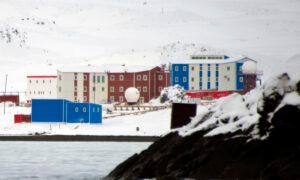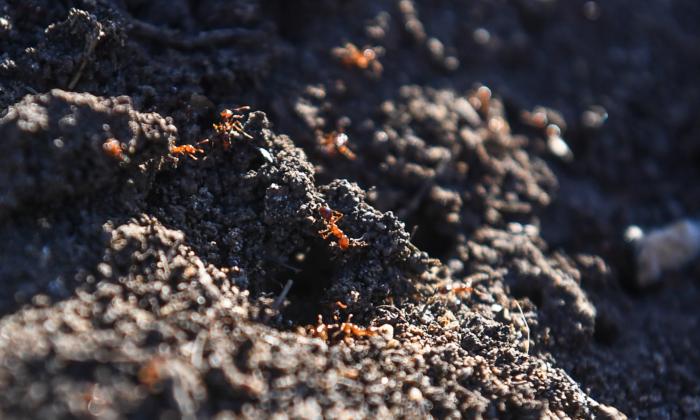A recent temperature dip has Australians taking to social media asking an important question: why are our houses so cold?
Sydney and Melbourne experienced their chilliest morning of the year so far on June 19, with lows of 6.5 degrees Celsius and 1.4 Celsius, respectively.
Days earlier Central Queensland had its iciest night on record at 5.6 Celsius, with residents waking up to unseasonable frost covering the ground.
Since then, multiple videos have gone viral on social media of people complaining that Australian houses are ill-equipped for the weather.
“I can confidently tell you that the coldest I have ever been is living in a Melbourne share house in the middle of July,” one user said in a video on social media platform TikTok.
Most homes in Australia are poorly insulated with inefficient heaters that can be expensive to run, RMIT senior lecturer Nicola Willand told AAP.
“If you don’t have that, heat just dissipates out, so even though you may be heating [the room], you don’t really feel the room warming up,” Ms. Willand said.
That was especially so for homes built before the Nationwide House Energy Rating Scheme was introduced in 2004, she said.
While new homes are required to reach an energy rating of seven out of 10, such properties are often too large to keep warm.
Many Australians assume their homes are supposed to be cold in winter, while social media videos about the cold are often posted by migrants from countries with colder climates.
The chill is not only uncomfortable, it can also impact health with respiratory and cardiovascular diseases spreading more easily in cold conditions, as does mould.
The freezing weather has implications too for mental health and lifestyle.
“People don’t want to invite friends over for dinner, for example, because it’s cold,” Ms. Willand said.
“Children don’t want to sit in their own bedrooms, where it would be quiet to do the homework.
“They come into the kitchen, which is often the warmest room ... and then they can’t concentrate.”

To escape the bone-chilling temperatures experienced in some homes, one in five Australians is looking north to warmer climates to earn a brief reprieve from the cold.
NSW residents are most likely to head to Queensland during the colder months, with 21 percent indicating a Sunshine State holiday this winter, followed by 17 percent of Victorians, according to Tourism and Events Queensland research.
Tropical north Queensland, the Whitsundays, the Gold Coast, and the Sunshine Coast are among the destinations interstate travellers intend to visit.
Tourism and Events Queensland CEO Patricia O'Callaghan said it was not just because the temperatures were milder during winter in the north—many experiences such as whale watching were exclusive to winter.
A tropical holiday might not fit into the budget for some Australians this year so heating homes will fall to other solutions.
A lot of people would burn wood for heating as cost-of-living pressures bit but that polluted the air, Ms. Willand said.
Fortunately, there are cost-effective solutions.
Ms. Willand said draught-proofing—plugging the gaps between doors and windows and the surrounding walls—was the easiest way to better insulate your home.
“If you see little gaps around the windows—you can see the sky—that means there are holes where the warmth just flows out very quickly,” she said.
Draft-proofing materials such as tape or panelling can be found in most hardware stores and applied without professional experience.
Ceiling insulation also helps prevent heat from rising.
Heavy curtains, particularly ones that reach the ceiling, will also stop heat from exiting through windows.







